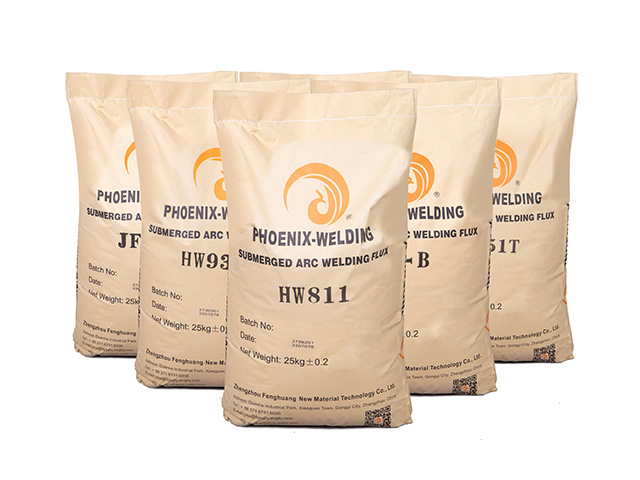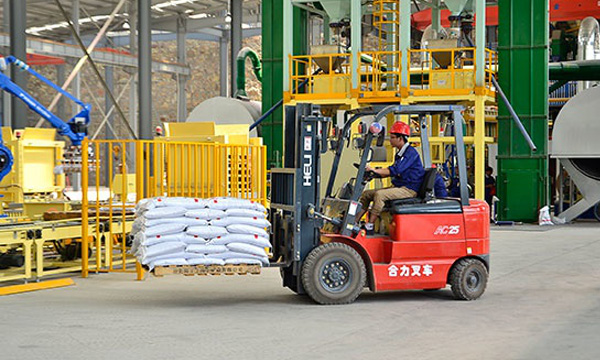NEWS / PHOENIX
Sintered Flux: Enhancing Welding Efficiency and Quality
- Categories:Industry News
- Author:
- Origin:
- Time of issue:2023-08-18
- Views:0
(Summary description)Sintered flux is a granular material composed of various substances such as minerals, oxides, and alloys. During welding, it is placed around the welding arc, where it melts and forms a protective shield over the weld pool. This shield prevents atmospheric contamination, including oxidation and nitrogen absorption, allowing for clean and sound welds.
Sintered Flux: Enhancing Welding Efficiency and Quality
(Summary description)Sintered flux is a granular material composed of various substances such as minerals, oxides, and alloys. During welding, it is placed around the welding arc, where it melts and forms a protective shield over the weld pool. This shield prevents atmospheric contamination, including oxidation and nitrogen absorption, allowing for clean and sound welds.
- Categories:Industry News
- Author:
- Origin:
- Time of issue:2023-08-18
- Views:0
Sintered flux is a granular material composed of various substances such as minerals, oxides, and alloys. During welding, it is placed around the welding arc, where it melts and forms a protective shield over the weld pool. This shield prevents atmospheric contamination, including oxidation and nitrogen absorption, allowing for clean and sound welds.
The primary function of sintered flux is to provide a slag cover. The slag acts as an insulating layer, reducing heat loss from the weld zone. It also helps control the cooling rate, preventing rapid solidification and reducing the risk of defects such as cracks or porosity. Additionally, the slag protects the weld bead from atmospheric gases, which can negatively impact the weld's mechanical properties.
Sintered flux offers several advantages in welding applications:
1. Improve welding efficiency
The flux promotes higher deposition rates, enabling faster welding speeds and increased productivity. Moreover, the flux's composition can be tailored to specific welding applications, allowing for precise control over the weld's characteristics and properties.
2. Improve the quality and integrity of welded joints
By providing a protective shield, it minimizes the risk of weld discontinuities, such as lack of fusion or excessive penetration. The slag cover also facilitates the removal of impurities, resulting in cleaner welds with improved mechanical properties.
3. Plays an important role in weld metal chemistry and alloying
Sintered flux can introduce alloying elements into the weld, enhancing the final product's performance and corrosion resistance. This feature is especially beneficial when welding dissimilar metals or when specific properties are required in the weld.
It is worth noting that different types of sintered flux are available to suit various welding applications. Factors such as base metal, welding process, and intended use influence the selection of the appropriate flux. Manufacturers provide a range of sintered flux options, each with its unique characteristics and capabilities.
Scan the QR code to read on your phone
Hot Info
CONTACT US
Ms. Claire Wu
Phone: +86 371 6731 7666
Mobile:+86 156 1757 3337
Mailbox:phx@fenghuanghj.com
Address:NO.98 Dengfeng South Road,Shangjie District,Zhengzhou City
Copyright © Zhengzhou Phoenix New Material Technology Co., Ltd. 豫ICP备14018313号 Power by 300.cn







 +8615617573337
+8615617573337 WhatsApp
WhatsApp  phx@fenghuanghj.com
phx@fenghuanghj.com
